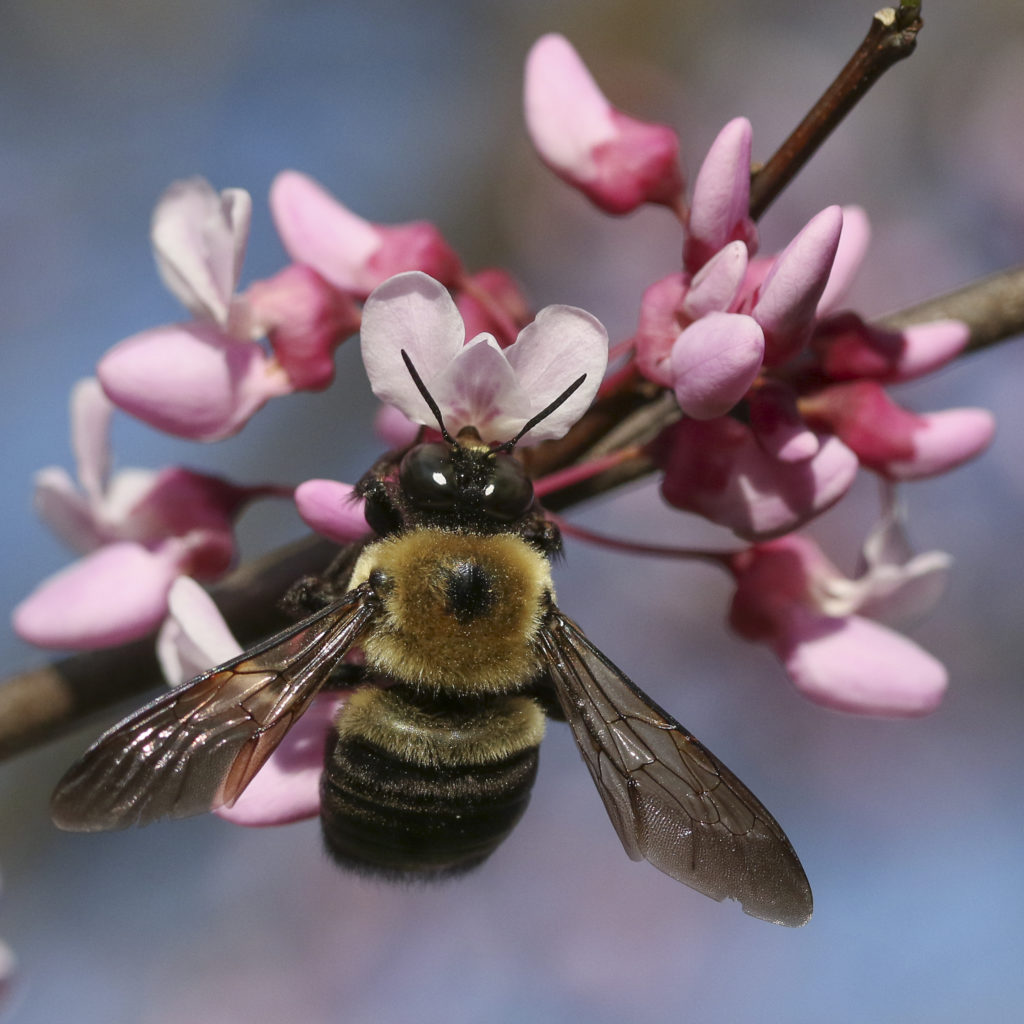The Birds and the Bees (and the Bats and the Moths)

By Kathy Knotts
One thing I truly love about my job is finding connections. Whether it’s through an interview with a subject or just a casual conversation with a friend, I love those lightbulb moments. Times when a puzzle piece slides perfectly into place and the bigger pictures is revealed.
This week’s issue of CBM Bay Weekly is all about connections.
Two stories feature ways to connect humans via trails. In his story about the WB&A Trail bridge construction, writer Matthew Liptak points out that not only does a new bridge connect hikers and bikers to Prince George’s County, but it also becomes an important link in larger regional trails, like the East Coast Greenway which connects 15 states and 450 cities and towns for 3,000 miles from Maine’s Canadian border to Key West, Florida.
(FYI: That’s almost the same number of miles the competitors in the Race Across America are biking from Oceanside, Calif., to City Dock in downtown Annapolis. The bulk of the racers are expected to cross the finish line Friday. More at raceacrossamerica.org.)
Down in Calvert County, our CBM intern Michaila Shahan tells us about a new connection at the American Chestnut Land Trust’s property in Prince Frederick. The land conservation group has added the historic Yoe farm to its collection of protected land. She reports that the group aims to connect all of its miles of trails into one network that you can walk from Prince Frederick straight to the Bay.
Perhaps one of our most important connections that we tend to take for granted, is our relationship with pollinators. In honor of the upcoming Pollinator Week, Molly Weeks Crumbley and her family took on the Maryland Park Service’s Park Quest challenge, which is all about pollinators. And we spoke with a gardening expert on all the ways we can make our outdoor space friendly to these important creatures.
Pollinators aren’t just bees and butterflies, either. They are bats, moths, hummingbirds, and wasps. And they are so vital to food production, since virtually all of the world’s flowering and seed plants require pollination, plus they help maintain genetic diversity within those populations. Simply put, pollinators keep our ecosystem running.
So fill your yard and gardens with plants they love. Give up the pesticides already. Stop the love affair with vast green mowed-grass lawns. Create the habitat that pollinators need and desire. Go wild and go native.
Kathy Knotts is managing editor of CBM Bay Weekly. Reach her at [email protected].
